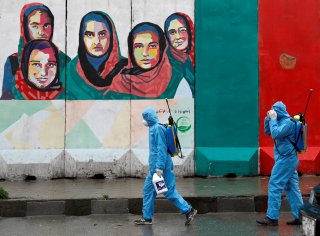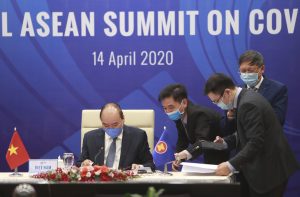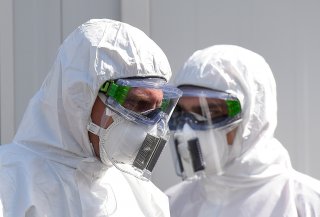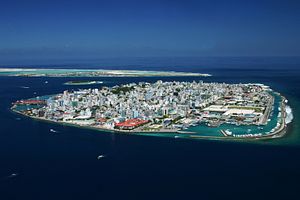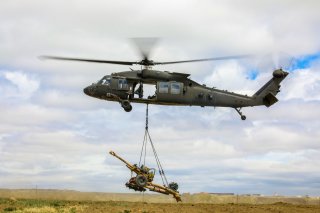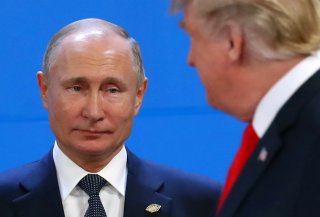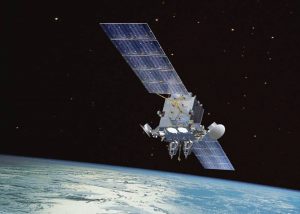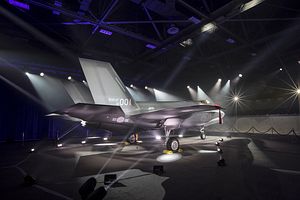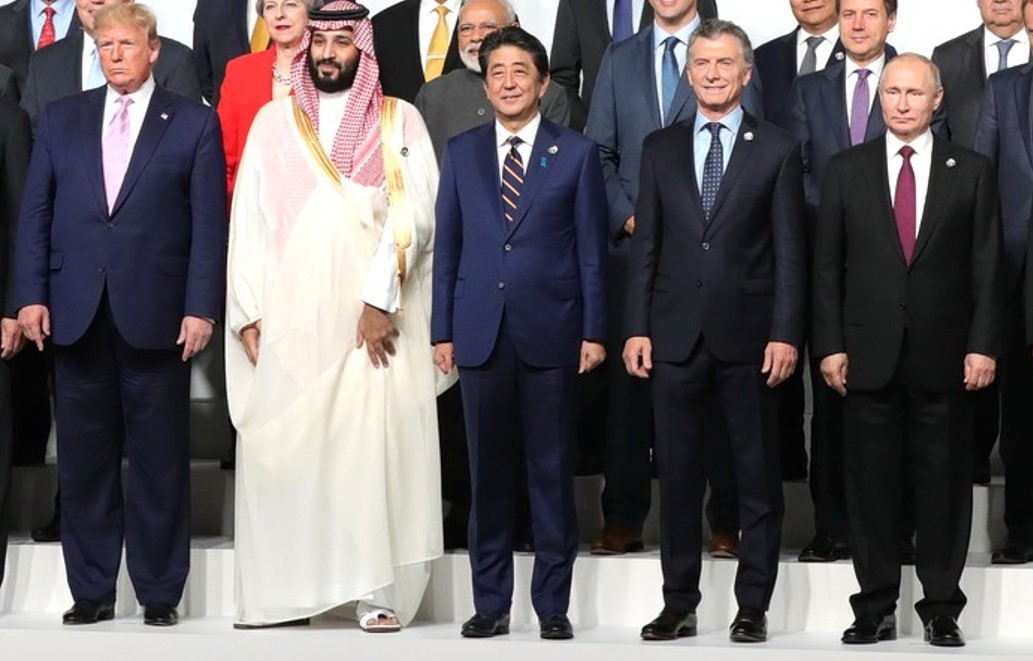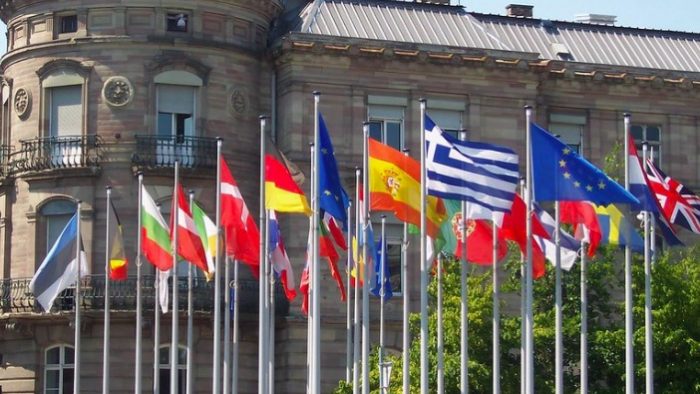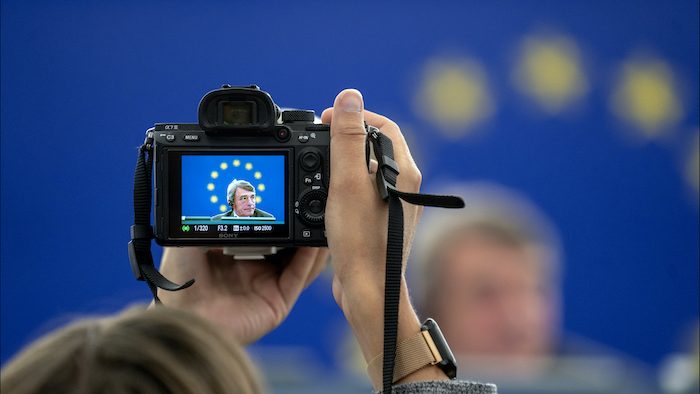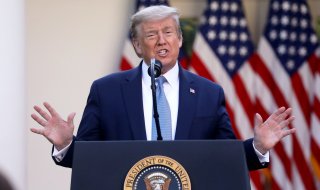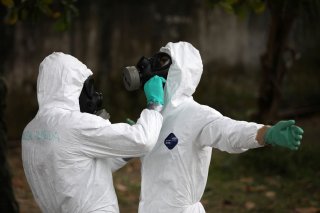Joseph J. Collins
I have been sick since mid-March.
No, I don’t have the Covid-19 virus, thank God, but I have had a month-long bout of nausea, anxiety, and mental discomfort. It is not the first time I had this condition. It began the first time on September 11, 2001 on the lawn adjacent to the Pentagon helipad. In the past month and the weeks after 9/11, both illnesses were caused by the frustration of knowing that, after spending hundreds of billions of dollars in the name of national security, the United States of America was again caught looking in the wrong direction at horrendous cost in blood and treasure. The US national security establishment has failed again.
In the last 20 years, we have twice suffered strategic surprise attacks. In each case, we were unprepared for what was an entirely foreseeable attack on the homeland. In each case, the national security bureaucracy --- Defense, State, Intelligence, and various homeland security entities --- paid inadequate attention to preparing for an event that its own Cassandras had declared as probable. In each case, hundreds of billions were spent on traditional, old fashioned missions and equipment, while inadequate sums were spent on preparing to fight the smaller but more vicious wolves closest to the sled. In each case, Americans died by the thousands on their own soil. In each case, we then spent trillions of dollars to combat the ill effects of an attack that could have been prevented or otherwise defeated.
We can do much better in securing our nation, but only if we open the aperture of national security and see the future problem set in all of its dimensions. With a severely damaged economy, the well-funded Pentagon is likely to be the biggest loser in the changes that will inevitably follow as the pursuit of national security expands beyond traditional national defense missions.
The Current Crisis
